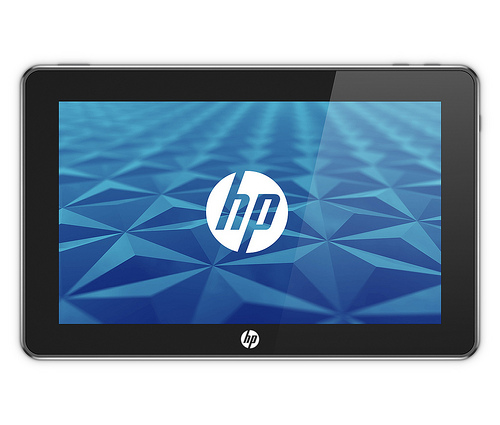
It was beginning to seem like the iPad would face little to no competition on its way to being dubbed as the one true tablet computer, the one tablet to rule them all. Microsoft’s Courier is no more, and then the rumors began to fly that HP’s purchase of Palm would signal the end of- or at least a significant delay to the Slate. Not so, says CNet.
One of the main arguments in favor of the Slate getting the axe is that the purchase of Palm gives HP access to Palm’s webOS. It seems like an ideal fit for HP, which could end its reliance on Microsoft’s Windows 7 OS and reap the benefits of its own proprietary system. The integration of webOS into the Slate could take time though, and the deal with Palm may not be finalized until sometime this fall, which would push a webOS-powered Slate back, possibly until well into next year. But according to analysts, HP may not be opposed to releasing multiple versions of the same product.
“I don’t think the Slate has been canceled. This is a delay, if anything,” Creative Strategies Ben Bajarin told CNet. “The question is, will they bring out different products at different price points.”
HP has had a history of releasing multiple versions of the same product, so there is precedence. No word from HP on when (or if) the Slate will be released. The bigger issue may be how it will differentiate itself from the iPad when and if the Slate finally hits shelves.


